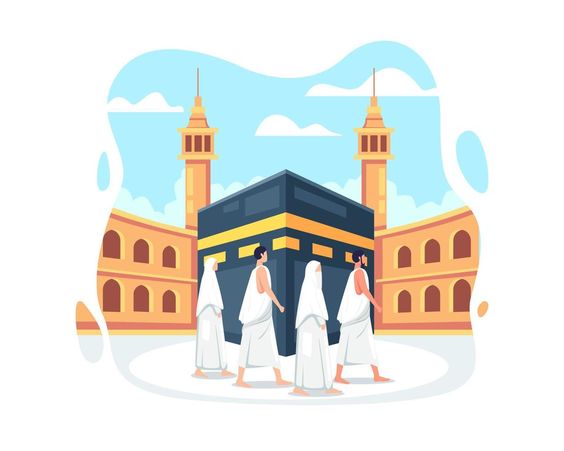UMRAH GUIDE
What is Umrah?
It is one of the holiest experiences a Muslim can undertake, but what exactly does the pilgrimage look like? Here’s everything you need to know about the process, the benefits and the time of year most believers choose to go.

Umrah rituals
Ihram
Umrah rituals are divided into three pillars. The first is Ihram, a sacred state in which Muslims must enter before reaching miqat, the principal boundary for the pilgrimage. This is achieved through cleansing rituals upon reaching the miqat, alongside dressing in the prescribed attire, declaring their Ihram intention and reciting the Talbiyah prayer. This is typically repeated until reaching the holy Kaaba. Upon arrival to the House of God, one should approach the Black Stone with the utterance of Takbir (Allahu Akbar).
Tawaf
The Tawaf stage involves circling around the Kaaba seven times. Upon passing the Black Stone each time, one should honour it through kissing or pointing to it if from afar. During each rotation, there is also a supplication dua that should be recited. Once complete, pilgrims pray two rakats, ending the seventh round exactly where they began
Sa’i
Next comes Sa’i, a practice that involves walking between the summits of the Safa and Marwa hills. This, too, is performed seven times. The distance between the two is approximately 450 metres. During each ascent and descent, worshippers should recite duas or supplication. In order to complete this stage of Umrah, male pilgrims must either shave or shorten their hair. Women must cut their hair by at least half.
